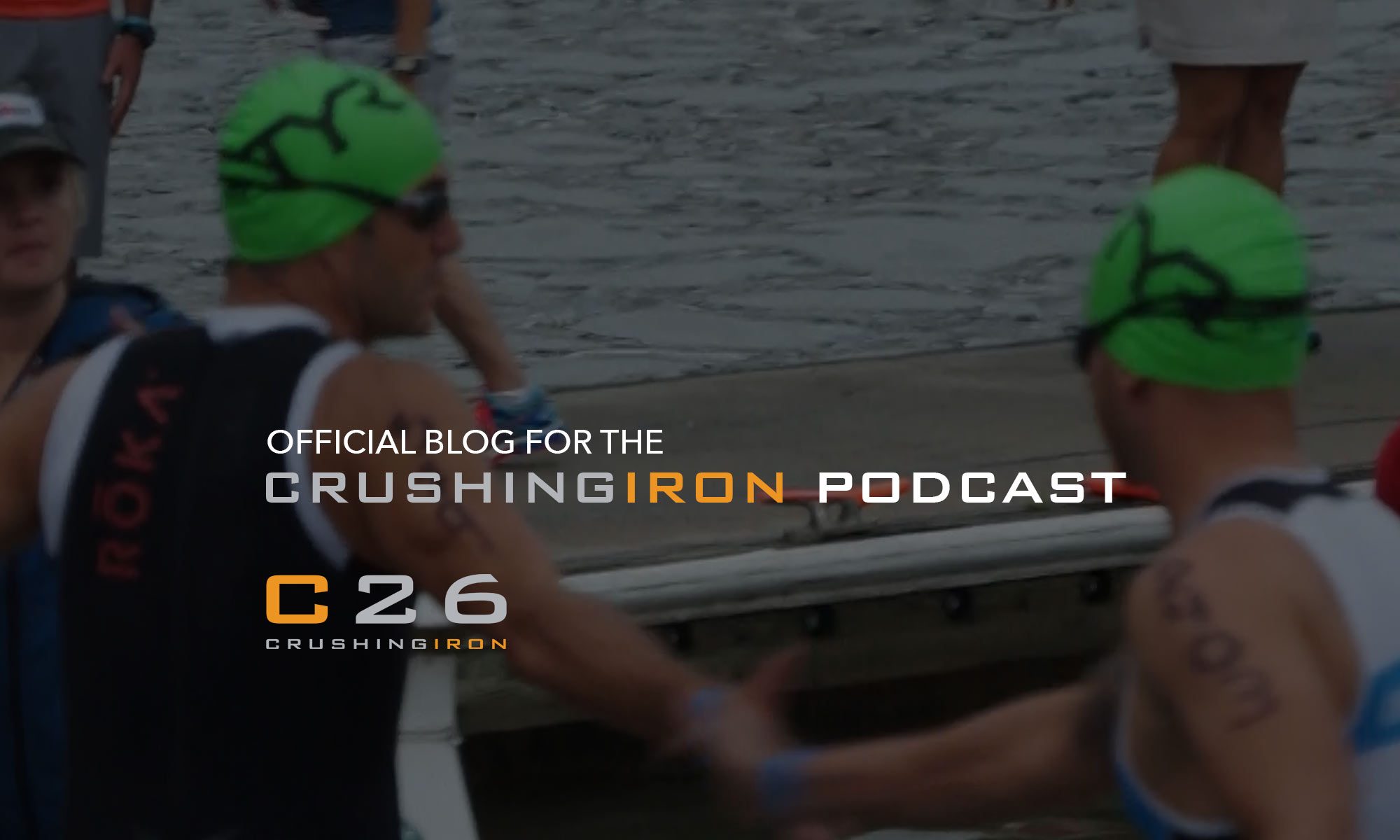“My breath gets short, my stroke gets short, and my brain turns into a toy monkey wildly clapping his cymbals.”
I have to give myself a little credit. I’m two-for-two with 6 am lake swims and today was a cold Spring morning begging me to listen to birds from my own little nest. Thankfully I ignored the the voices in my head because I gained a valuable pearl of triathlon wisdom.
The team squeezed into our wetsuits in chilly 48 degree weather before plunging into 62 degree water. We took a nice 400 yard warm up, then a 200 yard easy swim with a couple “pick ups” before settling on the receding beach for an early season time-trial.
Jim went first, followed by Melissa, Annapurna, and me in 10 second spacing. Our goal was to see how fast we could swim the estimated 300 yards, so we could check our improvement later in the summer.
I immediately went into “race mode.”
 The first hundred or so I “sensed” I was moving faster (or at least more aggressively than my warm up) but I could also feel myself getting short of breath. As I cornered toward the second buoy I consciously tried to relax, but my arms wouldn’t slow down, I was being TIMED for god sakes, and I’m a competitor.
The first hundred or so I “sensed” I was moving faster (or at least more aggressively than my warm up) but I could also feel myself getting short of breath. As I cornered toward the second buoy I consciously tried to relax, but my arms wouldn’t slow down, I was being TIMED for god sakes, and I’m a competitor.
The last 100 into shore, I did my best to keep a steady groove, but was clearly off my game. I stumbled into the sand and fell down in exhaustion. I felt awful, which is exactly opposite of the reason I want to swim.
Everyone else did another trial, but I passed. I was a weary and knew another round wouldn’t be good for my soul.
I talked through my issues with coach, and as usual he came up with the perfect answer. He said I always look strong and fluid in warm ups, but when I get into a racing mode I start wasting tons of energy by “trying” to go fast, especially when I’m next to another swimmer in the water. I start flailing and lose all rhythm, which is counter productive.
He was 100% right and I immediately felt better about my future.
In all my Ironman swims I have gone out of my way to stay under control. Even to the point of looking back at the sky when I breathe to make sure I’m not rushing my stroke. I have had 3 solid swims because of it.
But, I have also had huge fails in the water. Serious bouts with anxiety and in every case, I have shot out like a canon. My breath gets short, my stroke gets short, and my brain turns into a toy monkey wildly clapping his cymbals. Any speed I may have gained by going out fast is always negated because I’ll eventually tread water or breast stroke in an effort to lower my heart rate.
It makes no sense for me to go out fast. Even in a short time trial.
My time today was 5:19 and I’m pretty sure I could have “cruised” to a 5:29. That’s 10 seconds, or about a minute over the course of a half Ironman. One minute.
It’s a super fine line in the water and I have to be firm on my plan to negative split. In all of my good swims I have gotten stronger (and certainly faster) at the end. This happened naturally and simply because I was more relaxed.
I guess this is another great example in the cycle of wisdom. You learn by doing.
————————————-
Sore Calves Update: They are SUPER sore today and it made for tough beach entries and exits today. In fact, on my time trial start I did a face plant while running into the water because I couldn’t get my legs up. I’m still optimistic, however and look forward to a nice run this weekend.



